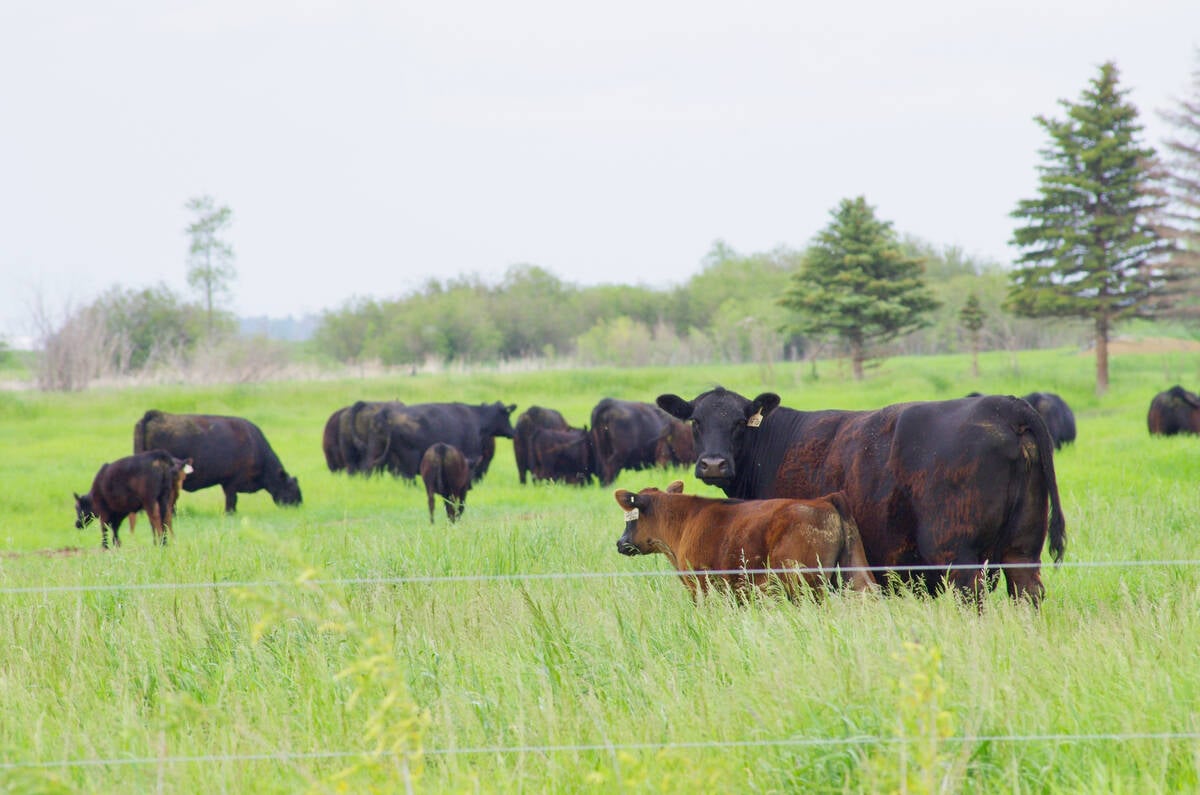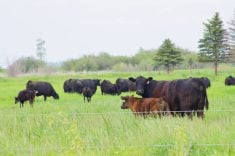Living through one of the worst droughts in history taught irrigators like Jim Csabay a valuable lesson.
The president of the Alberta Irrigation Projects Association believes the province needs more water storage.
“There are a number of sites in the foothills regions all across the eastern slopes of the Rockies that could be utilized for off-stream storage,” Csabay said in an interview during the irrigation association’s annual meeting in Calgary.
“If you allow a stream to run free, the water that comes off the snow pack, generally within two weeks or less, has left the province and is gone forever,” he said.
Read Also

Tick research from the University of Manitoba focuses on insects and testing
Manitoba researchers are looking into the effects of tick and fly disease in cattle.
If the water is captured near the headwaters and diverted to a storage system, it can be used for up to two and a half years.
However, the public sees water projects as bad for the environment because it requires flooding a river valley. Csabay said an off-stream storage reservoir is not as damaging and could save a community during drought.
“I think the environmental community understands, particularly after the last couple of years of drought, much more succinctly what it means not to have water,” he said.
While southern Alberta’s irrigated crops should have adequate supplies this year, Csabay warns the situation could worsen without a heavy snow pack and timely rains.
“We could find ourselves in the same situation we were in two years ago,” he said.
Csabay farms in the St. Mary’s River Irrigation District, Canada’s largest irrigation district. Two years ago its reservoirs were dangerously low.
The situation forced farmers, industry, municipalities and the district to work together and share the limited supply. Everyone in the district agreed to use conservation and rationing techniques to reduce the amount of water wasted.
“Everybody ended up with sufficient water through allocation. They might not have gotten all they wanted but they got some.”

















